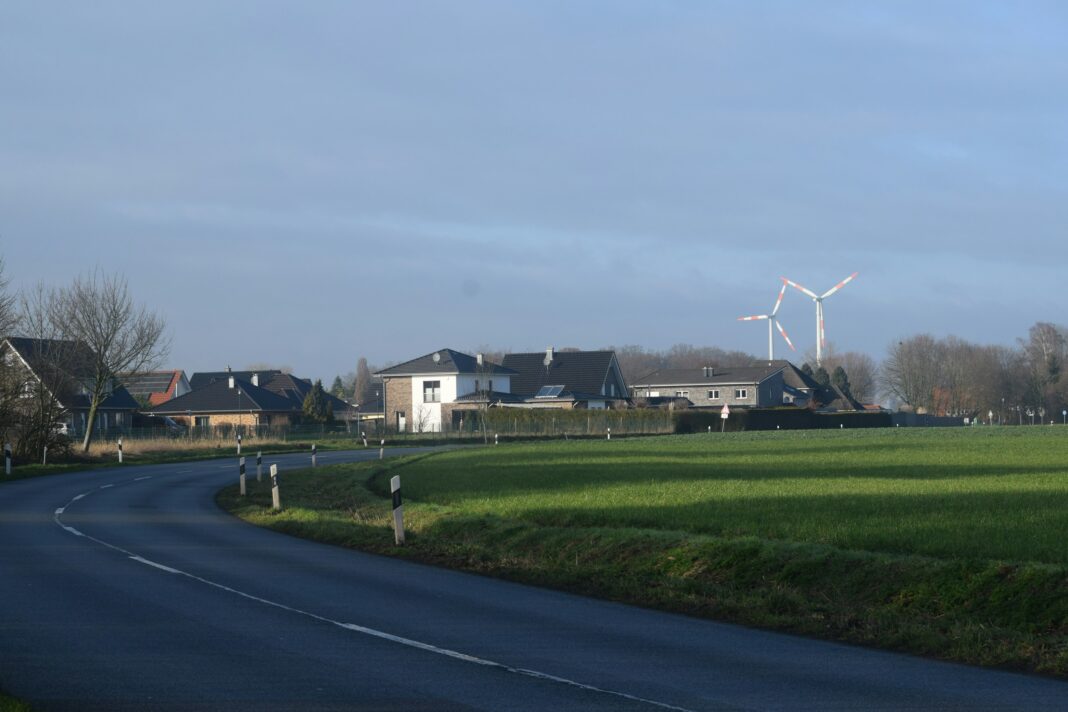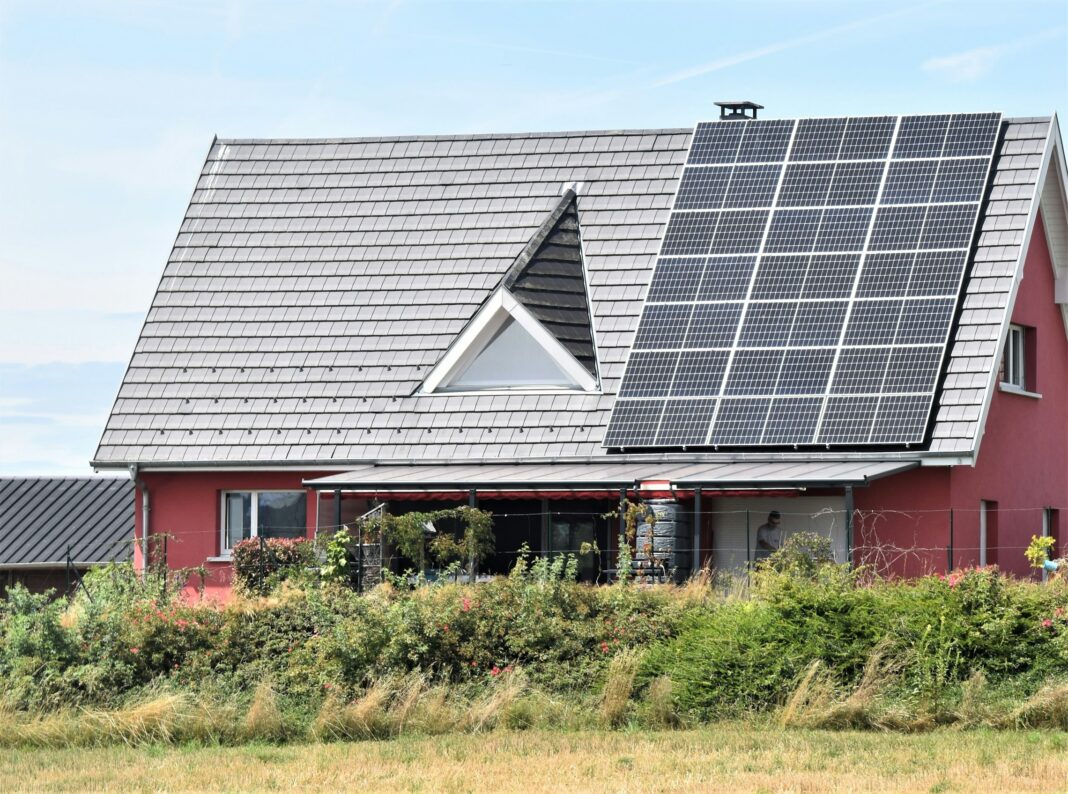Community Renewable Energy Projects Can Reduce Brownouts
June 27, 2025
There’s nothing quite like the sense of helplessness that comes with a sudden brownout. It disrupts your routine, causes appliances to malfunction and leaves you fumbling for candles in the drawer. This scenario is becoming increasingly common in regions worldwide that experience frequent power shortages, primarily due to rising energy demand and grids that can’t keep up.
Fortunately, solutions are emerging without waiting for governments or corporations to act. Communities are taking the initiative by adopting decentralized, renewable energy projects, from solar to wind, to power their microgrids.
Brownouts are partial power outages or voltage drops. You may have electricity in your home, but your incandescent bulbs are dim, while LED lights flicker if they even turn on. Unlike complete blackouts, brownouts are typically shorter, lasting only minutes or hours. Despite their brevity, they can wreak havoc on your devices. They’re especially common during peak demand, such as when everyone blasts the AC during a heat wave or turns up electric heaters in winter.
Consistent brownouts may signal a more severe grid issue. In the U.S., the frequency and duration of power outages have increased, rising from an average of 3.5 hours in 2013 to more than seven hours in 2021. Several factors, including aging infrastructure and energy inequality, may contribute to their occurrence.
You know solar panels can decrease a single household’s energy bills, but have you heard of an entire neighborhood coming together to invest in renewables? Shared solar farms and local wind projects can power a whole community. If done successfully, that strategy could reduce the load on long-overstressed national grids and dramatically cut the chances of brownouts.
Solar power generation is the leading source of green electricity in the U.S. Over 5 million American households have installed solar panels, which the Solar Energy Industries Association projects will double by 2030. In addition to individual homes, 44 states have at least one community solar project currently.
Meanwhile, over 73,000 wind turbines exist nationwide, with the windiest states, like Texas, leading the wind power generation movement. Communal versions of these wind projects power neighborhoods while providing economic opportunities to the community.
Increasingly unreliable power, the desire for independence from commercial energy providers and a motivation to positively impact communities drives this shift toward greener energy.

Here are practical ways residents can help prevent brownouts while turning up the sustainability dial through renewable energy projects.
1. Create Local Microgrids
Think of a microgrid as your neighborhood’s power system. It operates autonomously and continues functioning even when the national grid fails.
Community solar microgrids powered by photovoltaic panels, battery storage and intelligent energy systems have been popping up in urban and rural settings. These microgrids run critical infrastructure like schools, health centers and emergency services when storms hit or the main grid buckles under pressure.
2. Participate in Community Solar Farms

People in urban areas may not have suitable roofing or the budget for their panels. Community solar farms allow such households to access the benefits of solar power despite these hurdles, democratizing access. Solar power can eliminate the need for conventional energy sources, while lowering utility costs at the same time.
Those whose homes meet the standards for solar installation can contribute to the grid through solar roofing. The panels must be at an angle to maximize the benefits.
3. Educate and Incentivize
Many people oppose the transition to green energy due to uncertainty and misinformation. Rumors and stories about wind turbine noise causing congenital disorders in horses, the health effects of low-frequency infrasound if erected near households and other fears — such as wind turbines breaking and falling in surrounding areas — have derailed renewable projects nationwide.
These misconceptions highlight the need for targeted education about the environmental benefits of reliable green energy. Information dissemination should also debunk public health myths. For one, solar energy doesn’t produce poisonous gases, so people can safely install panels atop their homes.
Meanwhile, turbines generate power without combustion or burning fossil fuels and have an excellent safety record. Despite thousands of turbines in operation, there are fewer than 40 recorded incidents.
Pair that with stable incentives like rebates, low-interest loans and tax credits, and communities will be more likely to jump in. Successful urban initiatives often lead to improved infrastructure that can adapt to benefit rural use, creating a feedback loop of resilience.
Reducing brownouts through communal green power is a community empowerment story. When locals design, invest in and benefit from independent energy systems, the result is more than reliable electricity. It’s social cohesion, economic resilience and environmental justice.
Community ownership ensures that profits stay local rather than flow to faceless utilities. That means more reinvestment in local services, jobs and public trust.
While brownouts are a nuisance, they could encourage communities to control their power sources. Today, it’s no longer enough for one home to power itself. Communities must support one another in benefiting from green initiatives. A solar or wind co-op may be your neighborhood’s secret to sustainable electricity and lasting impact. Brownouts might be inevitable in the old system, but they don’t stand a chance in a community-powered future.
Search
RECENT PRESS RELEASES
Related Post


